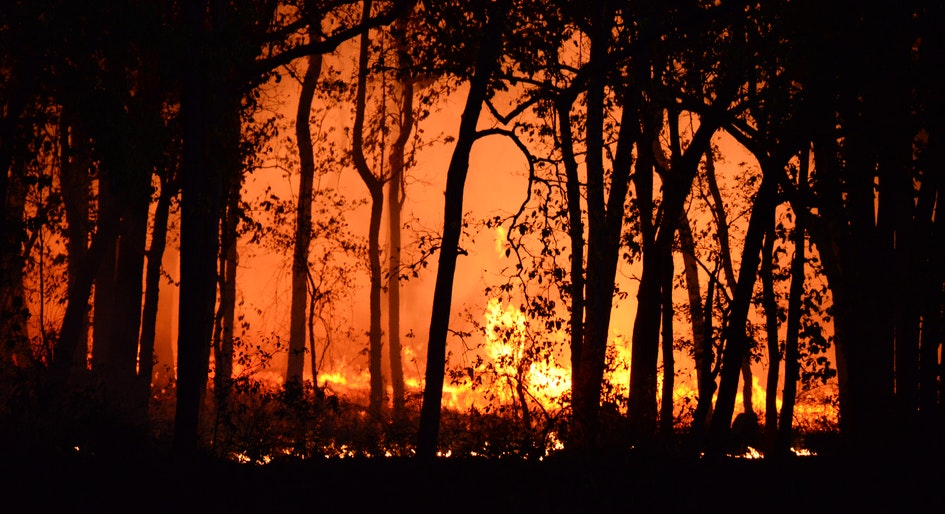Canadians are urged to be mindful of both the advantages and risks of living in a country of such vast natural splendour. Notably, about 11 million people currently reside in what’s known as the wildland-urban interface (WUI), enjoying the benefits of proximity to forests and other natural features, but perhaps overlooking the perils.
“Nearly 30 per cent of the population is potentially exposed to wildfire risk,” observes Natalia Moudrak, director of climate resilience with the University of Waterloo’s Intact Centre on Climate Adaptation. “The average wildfire we’ve seen recently grows to be half the size of Nova Scotia, and that’s twice the size as (the average) in the 1970s.”
The Intact Centre is one of more than 100 Canadian organizations that have joined the FireSmart Canada network to promote principles and best practices to avoid fueling wildfire spread. Similar to the Intact Centre’s promotion of no-cost/low-cost measures to mitigate flood risk, FireSmart measures encompass easily implemented maintenance, low-cost upgrades and recommendations for more complicated improvements that building owners/managers could undertake as part of their longer-term capital plans.
That comes with an app — similar to the Intact Centre’s home flood protection check-up — to help property managers or homeowners assess risks and provide a follow-up checklist of simple safety enhancements. Moudrak emphasizes that some of the most effective strategies should already be incorporated into regular maintenance routines.
That includes: ensuring evergreen needles, leaves and other debris do not collect in eaves troughs, gutters, decks or roof surfaces; pruning trees to create at least a two-metre clearance between the lowest branches and the ground; trimming grass to a height of no more than 10 centimetres; locating firewood stockpiles at least 10 metres from homes and garages; and removing combustible ground cover, such as mulch and plants, in a 1.5-metre perimeter around all buildings.
“If you are very conscious about maintaining that non-combustible zone, that’s the number one thing you have to be aware of,” she advises. “There are so many practical ways that are low-cost and no-cost to meaningfully reduce your exposure.”
Low-cost investments, estimated at $300 to $3,000, to reinforce maintenance measures include: replacing wood fences with a chain link, fibre, cement or stone alternative; installing non-combustible surfaces such as mineral soil, rock, concrete or stone in a 1.5-metre perimeter around houses; installing non-combustible three-millimetre screens on all external vents except dryer vents: and installing 15 centimetres of cement board or metal skirting on the surface of building siding where it meets the ground.
Beyond individual vigilance, FireSmart stresses the importance of community and inter-jurisdictional collaboration, including emergency responders, planners, builders, service and product providers and the drafters of local, provincial and federal regulations. Expanded inter-agency training is considered critical so that multiple fire departments are prepared to work together and respond to wildfire dynamics that differ from typical urban blazes. Perhaps even more importantly, all contributors to the development of the built environment need to understand where and how to build safely.
Big-ticket items to consider in the context of retrofits, renovations or new construction include fire-resistant cement fibre, metal or asphalt shingle roof coverings, and non-combustible stucco, metal, cement fibre or stone siding. Fire-rated components and solid rather than wood-slat surfaces are recommended when it’s time for a deck rebuild.
“In high wildfire risk areas, we can’t afford to continue building new homes without these considerations,” Moudrak asserts.
Recent extreme wildfires in Australia, California and other regions of western United States illustrate her concerns. Lightning ignites about half of all forest fires, while the likelihood of thunderstorms increases by 10 to 12 per cent with each degree of heat — presenting an increasingly risky scenario for future summers.
“This is not an issue that is going to go away,” she says. “Really, the time to act is now. Let’s at least start with the simple steps.”








